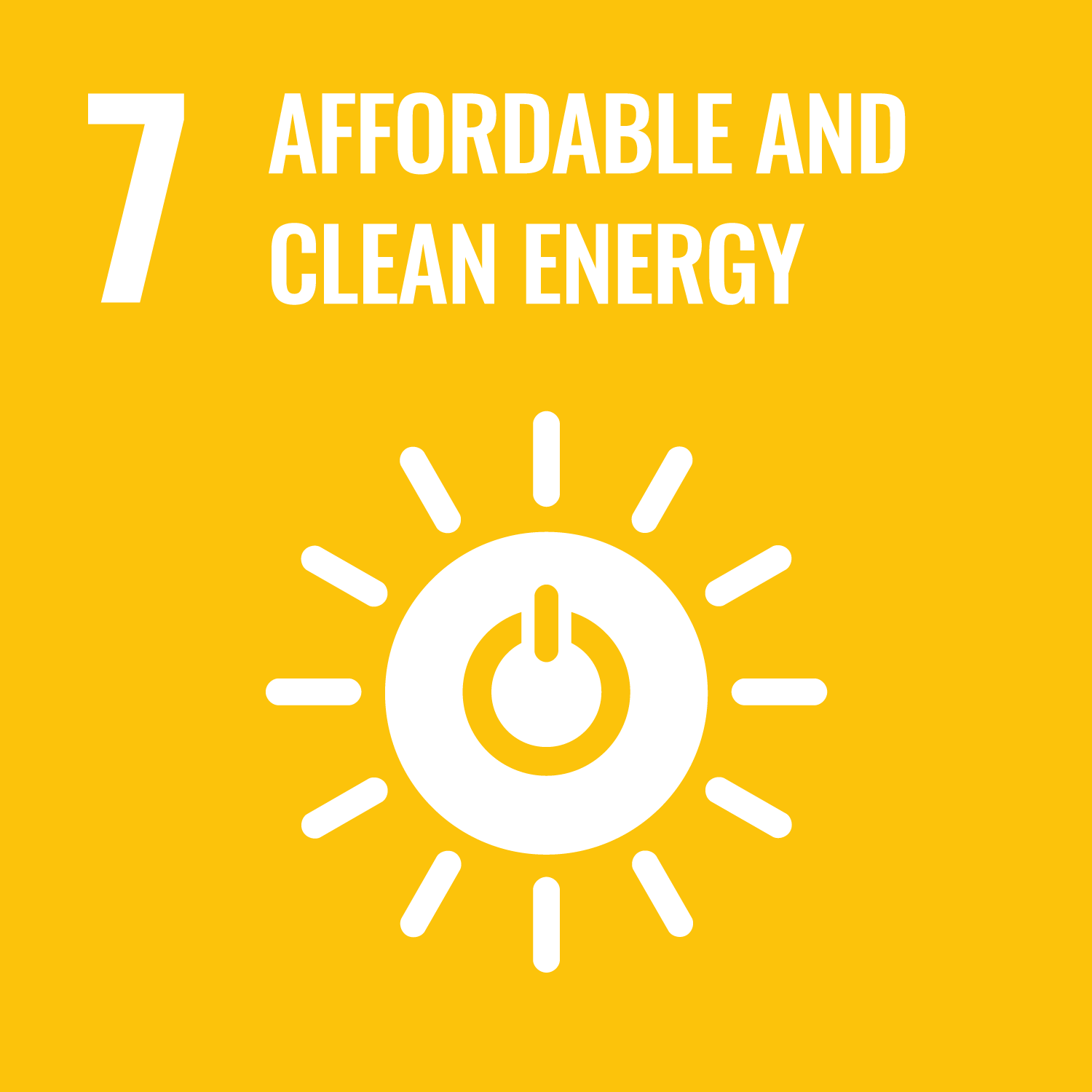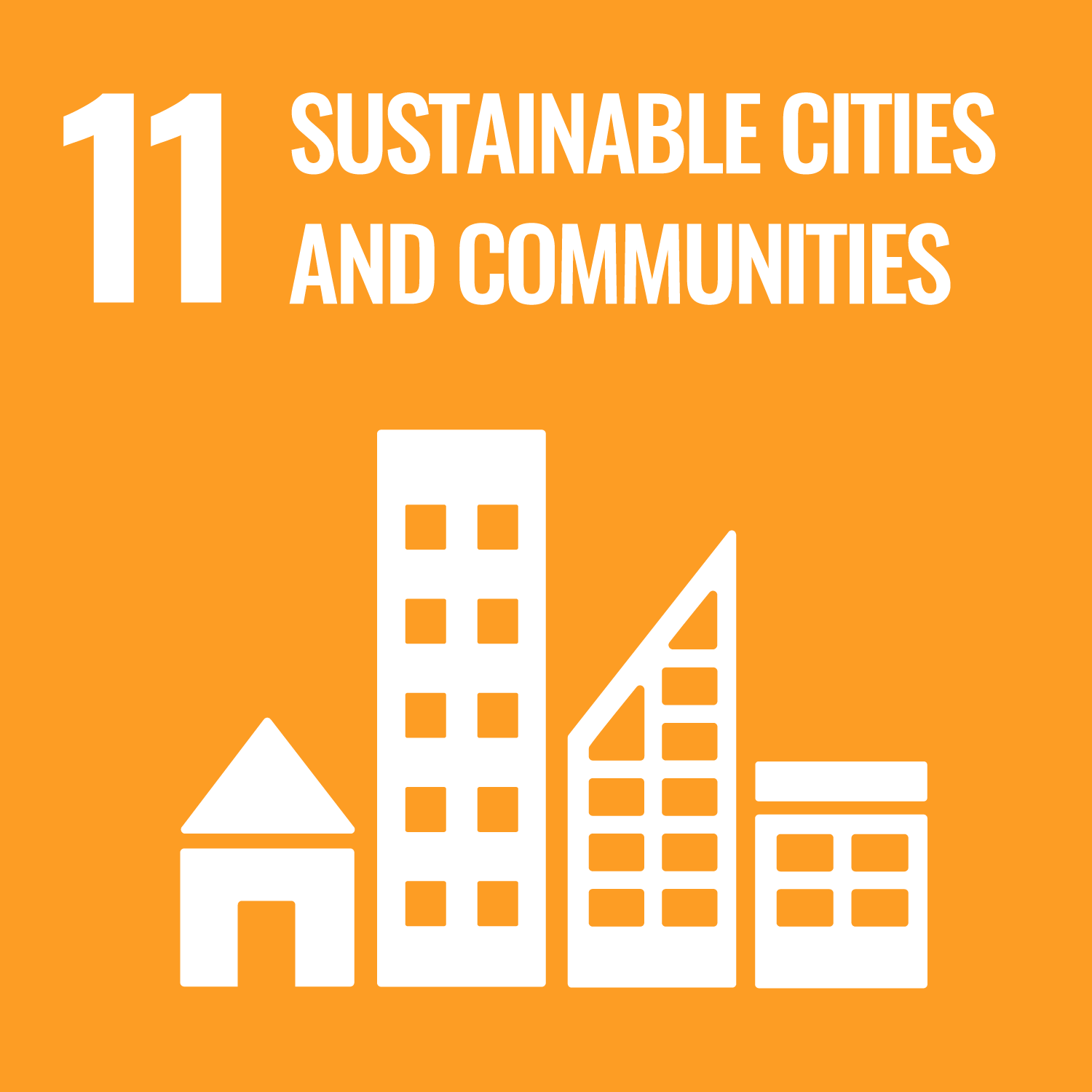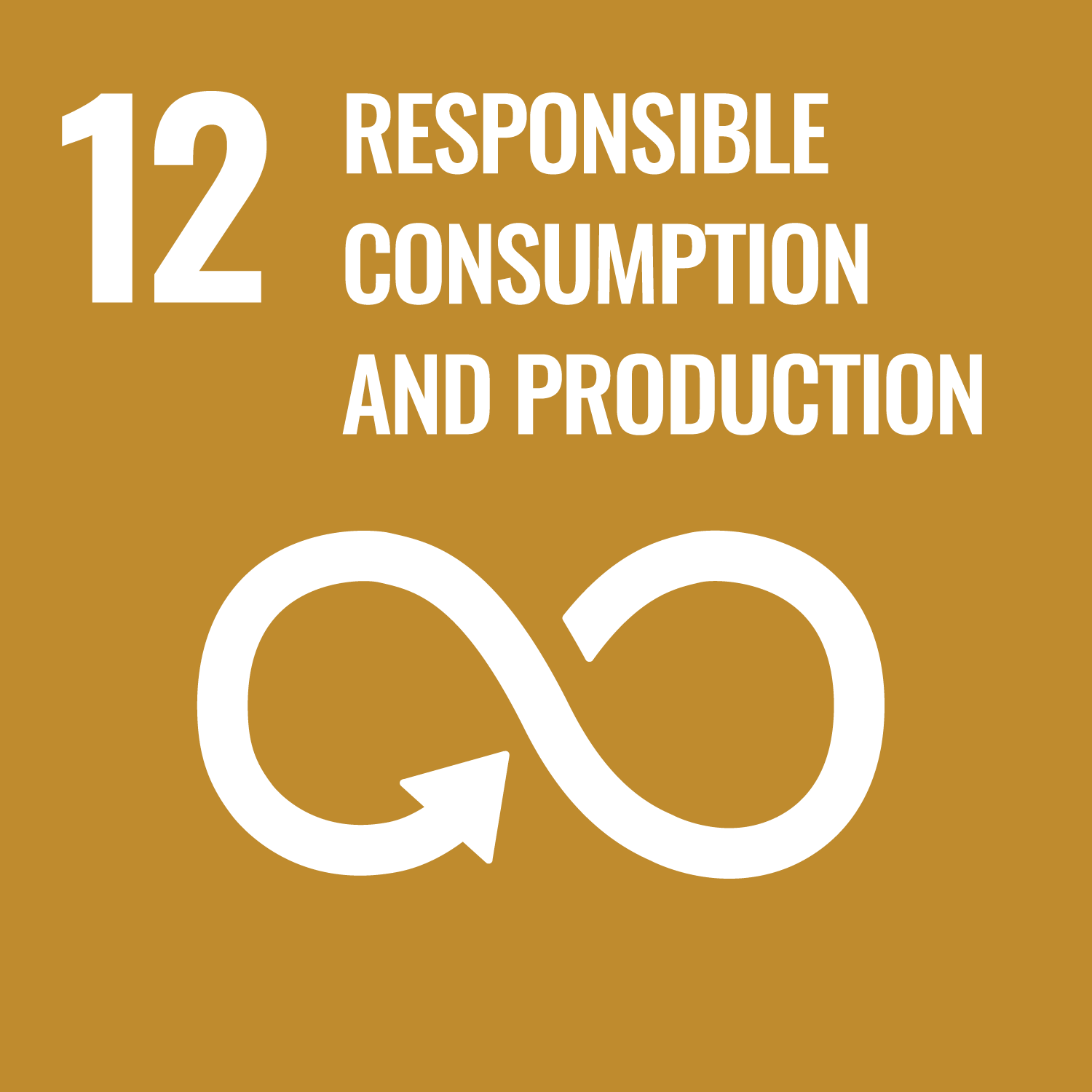LCS-FY2018-PP-19
Economic Evaluation for Low Carbon Electric Power System Considering System Stability (Vol. 3):
Technological Development Issues of Low Carbon Electric Power Systems in 2050
Summary
At the Center for Low Carbon Society Strategy (LCS), quantitative technology scenarios have been developed based on various technological development evaluation of renewable energy sources and the evaluation of their impact on power supply configuration. We have developed a multi-regional power generation model considering system stability using original renewable energy technology scenarios.
In the previous report, we have shown that CO2 emissions from electric power systems can be reduced by 85%, at almost the same power cost as that incurred in the present (2013) by 2050 and evaluated the economic impact of technology development of low carbon electric power system. In this paper, we evaluated the technologies that contribute to the system stability of low carbon electric power systems including enhancement of the electricity grid and its economics. As a result, we showed pathways to reduce 80 to 100% of CO2 emissions from electric power systems.
When renewable energy is introduced on a large scale, system stabilization measures are necessary. There is a concern about the influence of decreasing inertial force when reducing the proportion of synchronous generators which are mainly based on thermal power. For this reason, as measures to contribute to system stability, we evaluated the installed capacity of storage battery systems, the enhancement of the electricity grid, and the technology of electrical inertia. Also, it is shown that the total annual expense difference is about 5 trillion yen in the case of reduction of CO2 emissions by 90%, which is half of the ratio of synchronous generators with electric inertial force. It is important to develop technologies to reduce the proportion of synchronous generators and to stabilize the system. Particularly, in order to reduce CO2 emissions by 90% or more, the supply constraint of electrical inertial force has a large influence on the power generation cost. It is necessary to develop new technologies for system stabilization. In this way, we evaluate the economic impact of technological development and evaluate important technical development issues. Furthermore, there are remaining research issues such as the future increase in electricity demand that creates further technical restrictions.
All Pages
Related Proposal Papers
- PV power systems (Vol. 4): PV Manufacturing Cost Reduction Factor Analysis Using Quantitative Technology Scenarios
- Secondary battery system (Vol. 2): Cost Estimation and Future Perspective of High-capacity Active Materials for Lithium-ion Battery
- Geothermal Power (Vol. 2): Electricity Cost Estimation of Hot Dry Rock System
- Cost Reduction of Woody Biomass Fuels (Vol. 2): Total Production Cost and Cost Reduction Scenario of Woody Biomass in Japan
- Economy and CO2 Emission of Carbon Free Hydrogen (Vol. 1)
- Economic Evaluation for Low Carbon Electric Power System Considering System Stability: Technological Issues of Electric Power System toward 80% CO2 Reduction by 2050 in Japan
- Economic Evaluation for Low Carbon Electric Power System Considering System Stability (Vol. 2): Technological Development Issues toward Zero-Emissions Electric Power Systems
- Platform of Low Carbon Technologies for Process Design and Evaluation of Manufacturing Cost and CO2 Emissions






